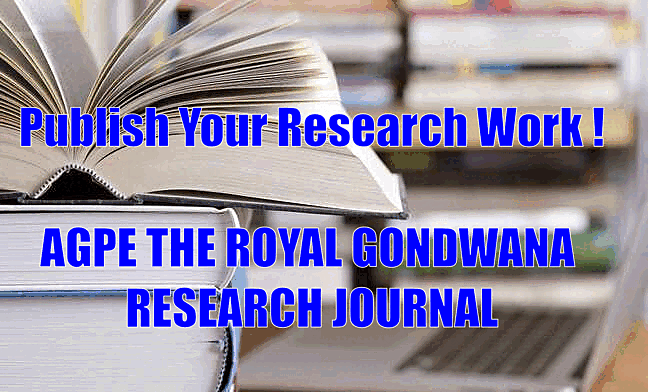ENHANCING YIELD AND SOIL QUALITY IN RICE THROUGH COMBINED USE OF INORGANIC FERTILIZERS AND COMPOST
Abstract
Field experiments were conducted in 2024 during the summer and rainy seasons at the Regional Research Center in Myaungmya, Ayeyarwady Region, Myanmar, to assess the impact of integrated nutrient management on lowland rice cultivation. The study explored the combined effects of inorganic nitrogen fertilizer and compost derived from a blend of rice straw and cow dung on both yield performance and soil quality. Using a randomized complete block design with six treatments and four replications, the investigation evaluated different nitrogen levels (0, 26, 39, and 77 kg N ha⁻¹) applied either alone or in conjunction with 5 t ha⁻¹ compost. Specifically, the treatments were as follows: T1 (control, no fertilizer), T2 (77 kg N ha⁻¹ based on the Department of Agricultural Research recommendation), T3 (77 kg N ha⁻¹ plus 5 t ha⁻¹ compost), T4 (39 kg N ha⁻¹ plus 5 t ha⁻¹ compost), T5 (26 kg N ha⁻¹ plus 5 t ha⁻¹ compost), and T6 (5 t ha⁻¹ compost only). Among the treatments, T3 recorded the highest grain yield at 6.2 t ha⁻¹, with an average of 14 tillers per plant and an 87.1% filled grain percentage. Moreover, treatments incorporating reduced nitrogen levels (T4 and T5) also performed well, indicating that compost can partially replace chemical fertilizers without compromising yield. In addition to yield benefits, compost application enhanced soil health by increasing organic matter and available potassium levels. Overall, these findings underscore that integrated nutrient management is a sustainable and effective approach to boosting rice productivity and maintaining soil fertility in Myanmar's lowland rice ecosystems.
Downloads
Downloads
Published
How to Cite
Issue
Section
License

This work is licensed under a Creative Commons Attribution-NonCommercial 4.0 International License.








